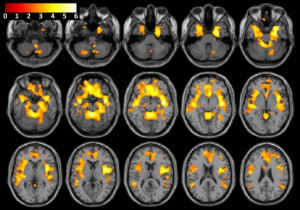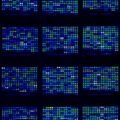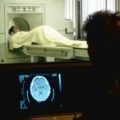
Scientists from the University of Chicago have successfully used geometrically patterned surfaces to influence the development of stem cells into either fat cells or bone cells. The new approach is a radical departure from that of many stem-cell biologists, who focus instead on uncovering the role of proteins in controlling the ultimate fate of stem cells.
Writing about their work in the Proceedings of the National Academy of Sciences, the researchers explain that the stem cells in the experiment were both exposed to the same soluble proteins and it was the pattern alone that dictated whether they turned into fat or bone. “That’s exciting because stem-cell therapies are of enormous interest right now, and a significant effort is ongoing to identify the laboratory conditions that can take a stem cell and push it into a specific lineage,” noted Milan Mrksich, who led the study
Mrksich’s research group has for some time been developing methods for patterning surfaces with chemistry to control the positions, sizes and shapes of cells in culture, and applying those patterned cells to drug-discovery assays, and studies of cell migration and cell adhesion.
But Mrksich cautioned that the method is far from ready for use in the harvest of stem cells for therapeutic use, although he believes it does signal a potentially promising direction for further study.
Related:
Matrix Turns Stem Cells Into Neural Components
Stem Cell Stumbling Blocks
Molecular biologists get to grips with stem cell differentiation
Stem Cells May Prove Hard To Tame








Comments are closed.